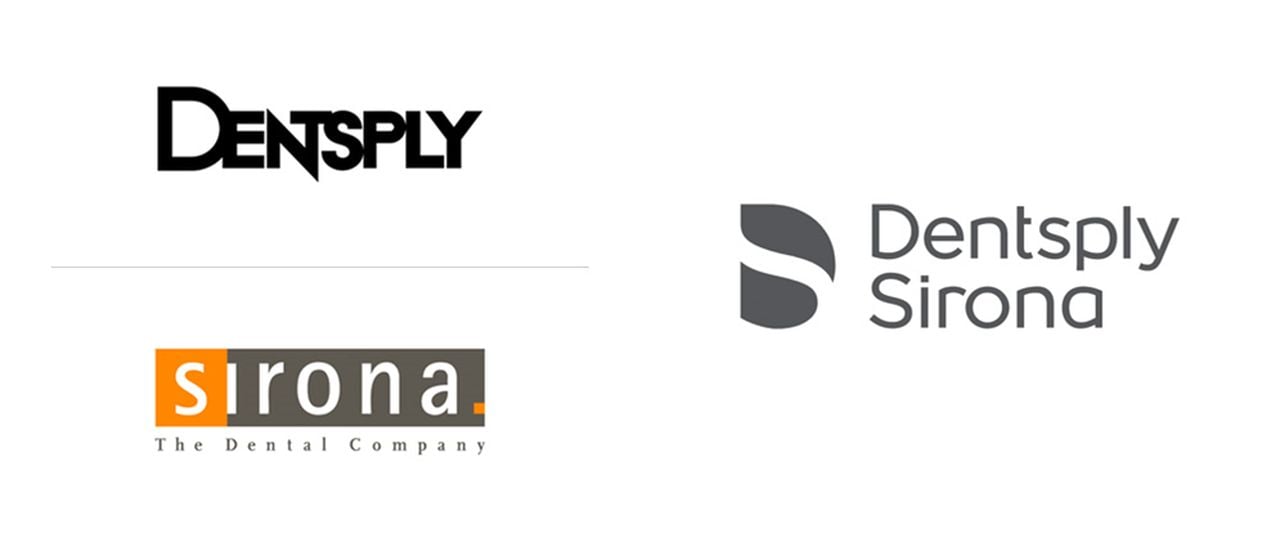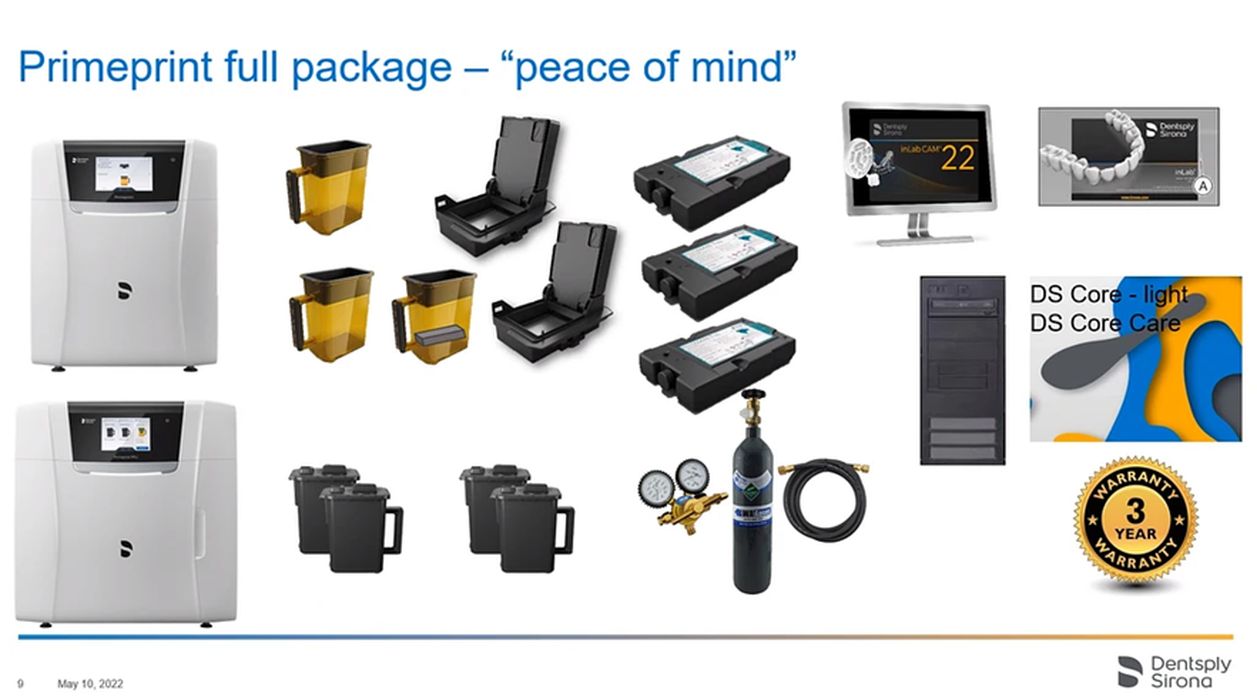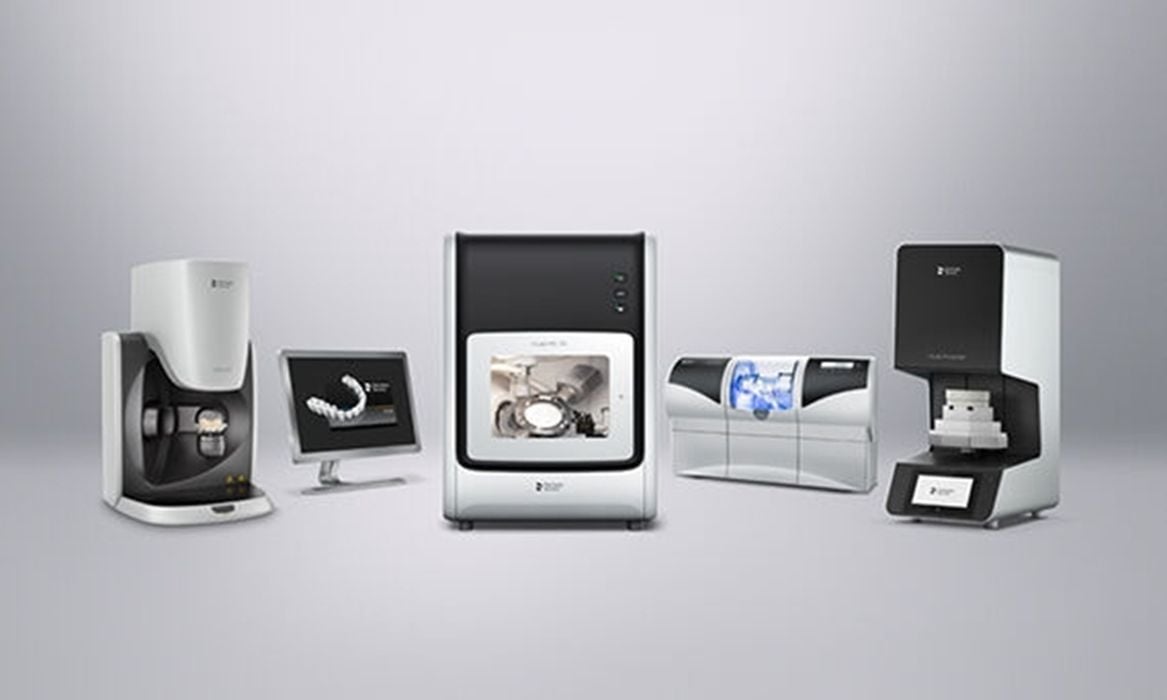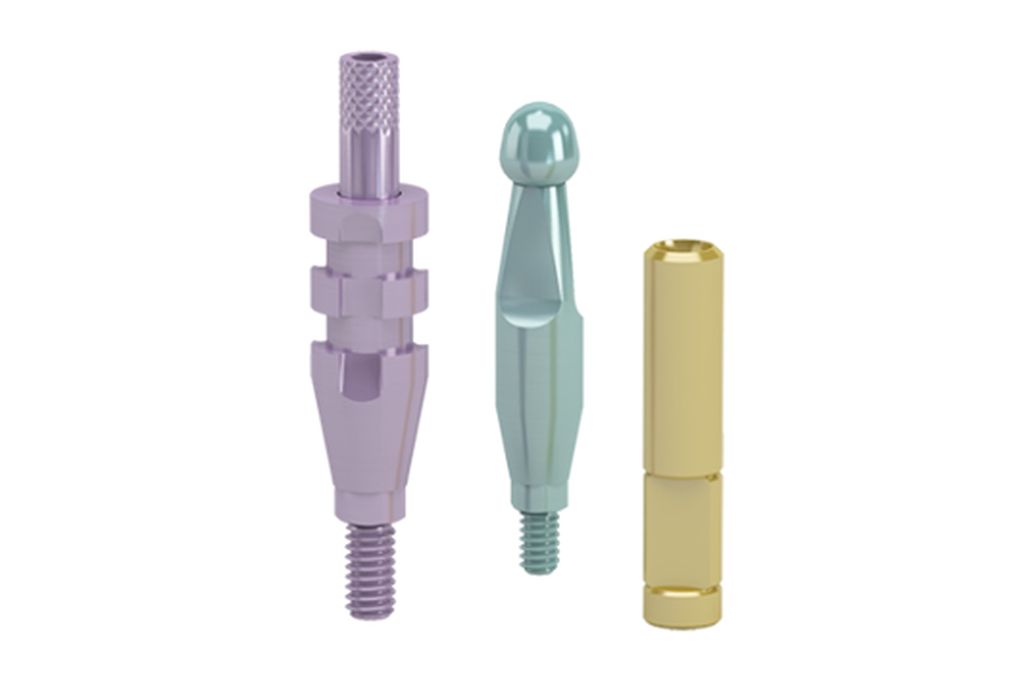
Charles R. Goulding and Preeti Sulibhavi describe the depth of potential in dental 3D printing.
Dentsply Sirona is a dental equipment manufacturer that develops, produces, and markets a wide range of dental products, technologies, and solutions. The company’s headquarters are located in York, Pennsylvania, and it has operations in more than 40 countries around the world.
Dentsply Sirona had sales of approximately US$3.9B in 2022 and employs around 16,000 people globally.
Dentsply Sirona has been investing in additive manufacturing (AM) technologies for several years, and it has developed a range of 3D printing solutions that are tailored specifically for the dental industry. The company’s main 3D printing activities include:
- Digital Dentistry Solutions: Dentsply Sirona offers a range of digital dentistry solutions that incorporate 3D printing technologies. These solutions include digital impressions, digital orthodontics, and digital implantology, which utilize 3D printing to produce custom dental devices, such as aligners, braces, and implants.
- Additive Manufacturing Systems: Dentsply Sirona has developed several 3D printing systems that are designed specifically for dental applications. These systems include the CEREC Primemill, a chairside milling machine that can produce dental restorations in a single visit, and the inLab MC X5, a multi-axis milling and grinding machine that is used in dental laboratories.
- Materials: Dentsply Sirona offers a range of dental materials that are compatible with its 3D printing solutions. These materials include ceramic, resin, and metal materials that are used to produce dental restorations, implants, and other devices.

3D printing has numerous applications in the dental industry. Here are some of the most common uses:
- Custom Dental Implants: With 3D printing, it is possible to create custom dental implants that perfectly fit the patient’s teeth. This ensures that the implants are comfortable, functional, and long-lasting.
- Orthodontic Aligners: 3D printing is used to create clear orthodontic aligners that are used to straighten teeth. The aligners are custom made for each patient and are much more comfortable than traditional braces.
- Crown and Bridge Restorations: 3D printing can be used to create dental crowns and bridges that fit perfectly into the patient’s mouth. The process is quick and accurate, and the final product is much more durable than traditional materials.
- Surgical Guides: 3D printing is used to create surgical guides that are used during dental implant surgery. The guides are custom made for each patient and help the surgeon to place the implants in the correct location.
- Dental Models: 3D printing is used to create dental models that are used for a variety of purposes, including orthodontic treatment planning, dental restoration planning, and implant placement planning.
- Temporary Restorations: 3D printing can be used to create temporary dental restorations that are used while the final restorations are being made. This allows patients to have functional teeth while they wait for their permanent restoration.

Overall, 3D printing has revolutionized the dental industry by allowing for more precise, efficient, and cost-effective dental treatments.

In terms of reaching its markets and clients, Dentsply Sirona has a global sales and marketing network that includes direct sales, distributors, and dealers. The company also offers training and support services to its customers to ensure that they are able to effectively utilize its products and technologies. Additionally, Dentsply Sirona has an online presence that includes a website and social media accounts, which provide information about its products and services to potential customers.
The Research & Development Tax Credit
The now permanent Research and Development (R&D) Tax Credit is available for companies developing new or improved products, processes and/or software.
3D printing can help boost a company’s R&D Tax Credits. Wages for technical employees creating, testing and revising 3D printed prototypes can be included as a percentage of eligible time spent for the R&D Tax Credit. Similarly, when used as a method of improving a process, time spent integrating 3D printing hardware and software counts as an eligible activity. Lastly, when used for modeling and preproduction, the costs of filaments consumed during the development process may also be recovered.
Whether it is used for creating and testing prototypes or for final production, 3D printing is a great indicator that R&D Credit eligible activities are taking place. Companies implementing this technology at any point should consider taking advantage of R&D Tax Credits.
Conclusion
We see the rise of Dentsply Sirona as a harbinger of what is to come in terms of the dental industry. The growth we are seeing is just the beginning of what to expect on the horizon.
